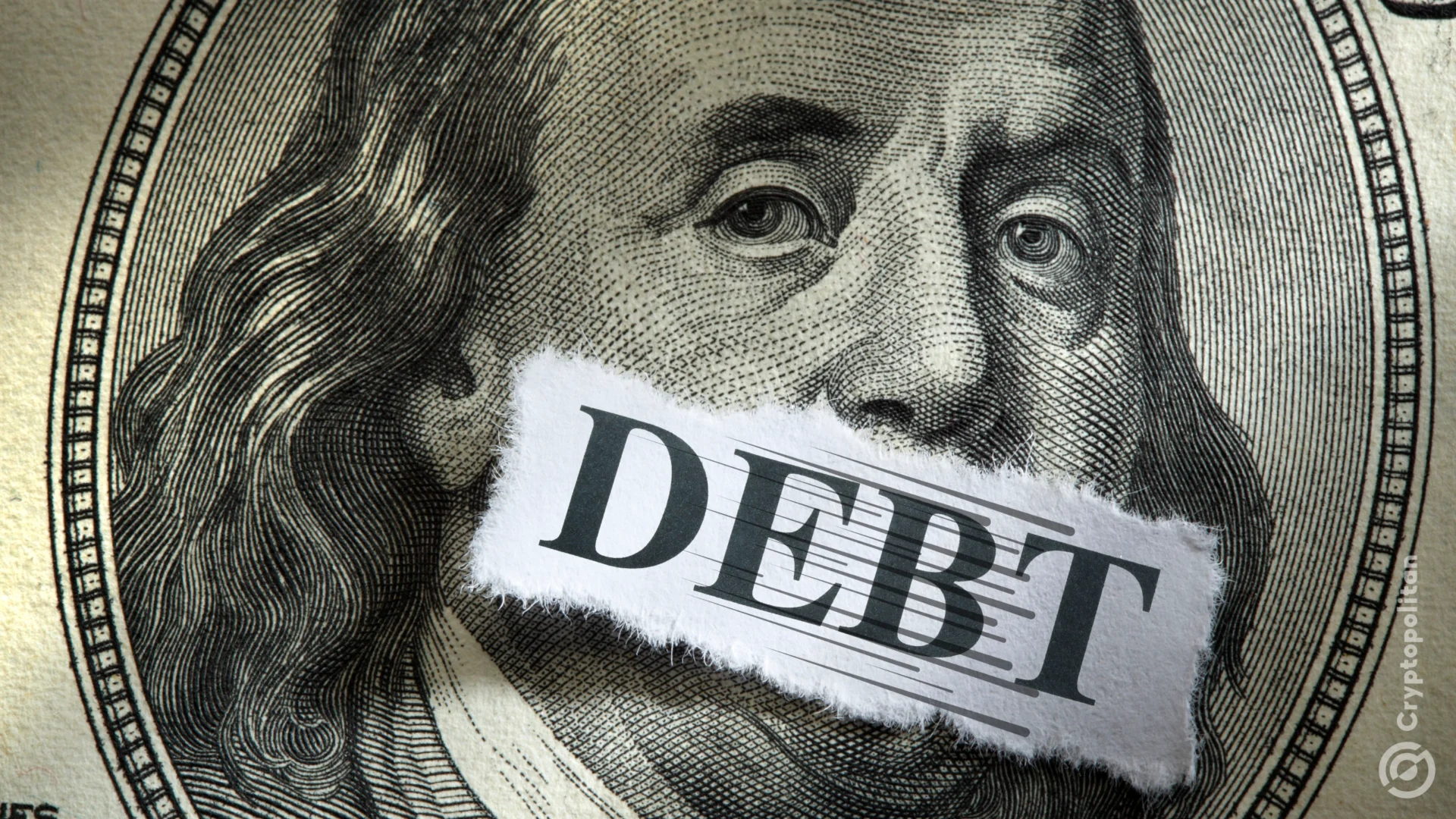
America’s budget deficit hit a massive $1.8 trillion in 2024, making it the third largest deficit in U.S. history.
This figure, confirmed by the Treasury Department, represents an increase of over 8% from last year. Despite a surplus of $64.3 billion in September, the year still closed with a total shortfall of $1.833 trillion.
That’s $138 billion more than last year. The only two years that saw a bigger deficit were 2020 and 2021, when the government pumped trillions into the economy during the pandemic.
Interest rates pile on
This deficit doesn’t come from a lack of revenue. The government pulled in $4.9 trillion in receipts, but it still wasn’t enough to cover the $6.75 trillion in spending.
Spending exceeded revenue by a whopping $1.833 trillion, driving the national debt to $35.7 trillion by the end of the fiscal year, an increase of $2.3 trillion from 2023.
One key reason the deficit ballooned is the interest expense on government debt. The Federal Reserve’s aggressive interest rate hikes to fight inflation have driven up borrowing costs.
For the first time ever, the interest expense for the year topped $1 trillion. The government shelled out $1.16 trillion just to cover interest payments on its debt.
Even after deducting the interest earned on government investments, the net interest expense still hit a record $882 billion.
This massive interest cost is now the third-largest item in the federal budget, only behind Social Security and healthcare. The average interest rate on all government debt stood at 3.32% in 2024, up from 2.97% last year.
September did offer a bit of relief with a budget surplus, but that was largely because of timing quirks. The Treasury moved some benefit payments into August, which saw a $380 billion deficit (the biggest monthly shortfall of the year).
Deficit keeps growing
The deficit now represents over 6% of America’s total economy, which is unusually high during a period of economic expansion.
Historically, deficits during expansions have averaged around 3.7% of the economy over the past 50 years, according to data from the Congressional Budget Office (CBO).
The CBO also warns that deficits aren’t going to shrink anytime soon. They project the deficit to hit $2.8 trillion by 2034, with debt surging to 122% of GDP by that time.
Meanwhile, this is starting to freak out investors. A recent survey from Natixis Investment Managers found that 68% of U.S. financial advisors see public debt as the biggest economic risk.
Globally, 64% of advisors agree. This sentiment isn’t tied to politics either. The concern over national debt will persist no matter who wins the presidential election. That much is clear.
Right now, the U.S. owes more than $35 trillion, and it’s only going up. Whoever ends up in the Oval will have to print more money. It’s inevitable.
Most analysts believe that investors shouldn’t just bank on stocks, especially when the equity market is hitting record highs.
Stock investors now expect returns of 15.6% above inflation. Financial professionals, though, believe that number is way too high, with a more realistic expectation around 7.1%.
To manage risk, analysts are suggesting diversifying into crypto and bonds, both U.S. and international. For those worried that America’s debt will slow down growth, international exposure could help balance things out.
Taxes are another thing to watch out for. Higher national debt often leads to higher taxes. Consumer debts are also steadily rising, with more and more people paying double-digit interest rates on their outstanding balances.











